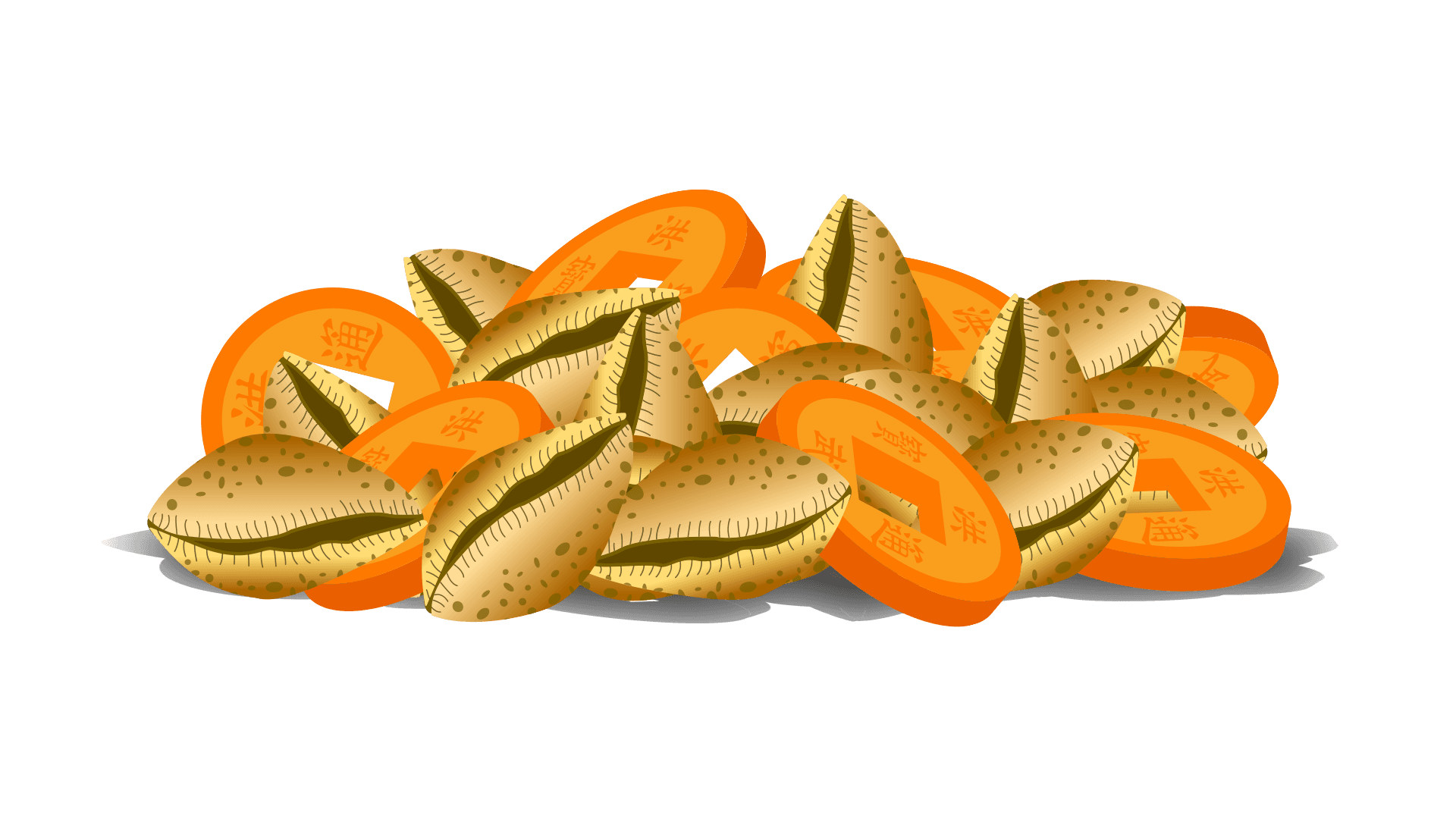Transitioning to Physical Currencies
Over time, transactions were carried out through different forms of physical currencies around the world.
Coins
The history of coins as a form of currency stretches back to the BCE era. One of the oldest coins in the world was created by China around 770 BCE, used to imitate the cowrie shells as a medium of exchange.

The Lydian Empire, many years later, also started introducing their own coins as the official currency with stamped inscriptions around 600 BCE.
The coins were made from a mixture of silver and gold and were stamped with pictures that gave information about the kingdom, language, and economy under the ruler that introduced the supply.
Paper Money
Paper money was first issued in China by the Song dynasty in the 11th century due to a copper shortage. Over time, the government started recognizing the economic advantages associated with printing paper money:
- It uses materials that are cheaper than valuable metals
- Paper money is faster to print compared to mining and smelting coins
- Paper money comes in many denominations which also makes it transportable — paper is much lighter than metal coins
But at the same time, there are also some noticeable disadvantages.
For one, it can easily be damaged or fully destroyed over time. Additionally, the rise in technology has increased the threat of fraudulent behavior, since it is now easier than ever to “print” your own money and try to scam other people. And due to its light weight, well, it can be easy to drop or misplace without realizing it.
Now that we understand the problems associated with bartering, it’s easier to paint a clear picture of how useful money can be as a medium of exchange.
- It solves the problem of having to search for someone who has what you need and is willing to exchange it for something you already have.
- It is easily interchangeable (also known as fungible) — for example a $1 note can be split into 100 cent coins or four quarters.
- It has a predetermined value which makes it easy to price goods and services
And with the way the world is changing, most things are becoming even more digital.

